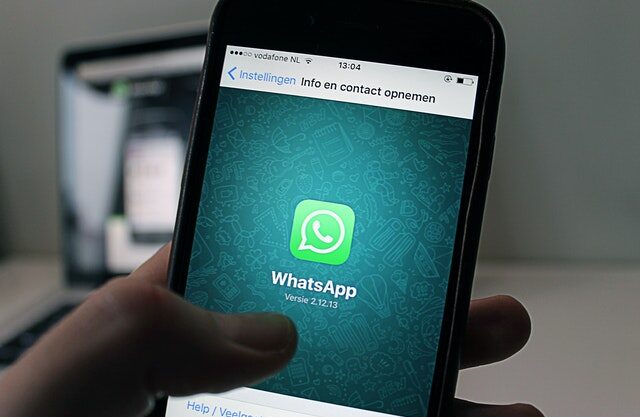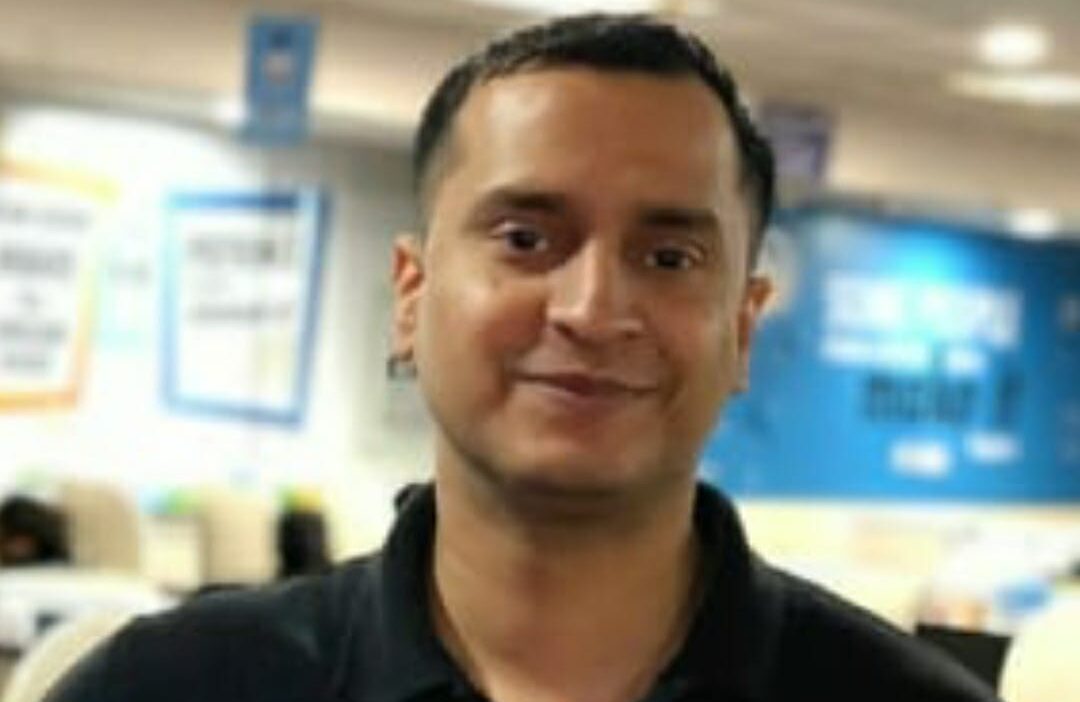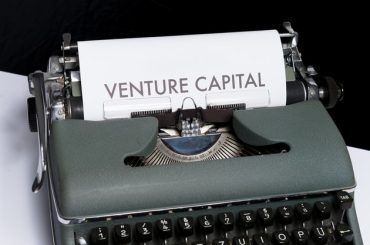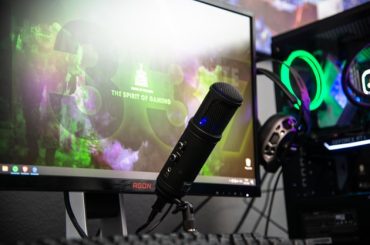“All my childhood I dreamt of joining the armed forces. The turning point in my life came when I could not join the armed forces.”
Jayant Jha, CEO & Co-founder Yaantra.com and Forbes Asia 30 under 30
I was heartbroken and had no idea what to do next. I started to consult everyone around me including parents, teachers and friends. Everybody said the same cliché statement: If one thing does not work out, there are other millions of things waiting for you. But I think the statement is very much true.
I came to Delhi for my graduation. Later I got placed in Wipro. Wipro gave me a great learning experience as it was my first time in the corporate. A year later I joined Quatrro global services. After 2.5years of the stint, I left to join the startup of my bosses from Quatrro. The year was 2010 when the startup industry was booming in India. Like many, I was also excited to get into the startup world. I accepted a 60% salary cut and took the plunge. In those 3 years, I was lucky to have met my current cofounders Ankit and Anmol.
I was working harder than I was in the corporate world. But in the end, it’s all about learning
Did You also face similar pressure of MBA which a lot of Indian students do?
I scored 73 percentile in CAT. And with this score I did not expect to get an admit. But I was already loving to work with e-techies. I decided to continue. Fortunately, my family supported my decision. Although I was just 22 at that time but I was pretty decisive in what I want.
When I was 23, I was given an opportunity to handle enterprise business and aftersales services. More than 300 people were directly working under me. My learning came at a very early stage. I was pretty excited about the way things were going and did not feel the need for an MBA.
If you are convinced about something you should not discuss it. From hundreds of people, you will get a thousand opinions
Jayant elaborated a bit about the ideation stage of Yaantra: a platform for refurbished mobiles
Back in September 2012, my blackberry stopped working. I had to drive for an hour to get it fixed. Then I was asked to wait for 4 weeks. But I was pretty dependent on my phone. So that was not an option for me. As was then highly suggested, I went to GAFFAR. I was kind of shocked to see the randomness. Everybody gave me different reason along with Nobody knew the problem. I ended up buying a new phone.
Later that day I had a realization that we are a country of over 1 billion people and everybody would need to get their phones repaired at some point in time. It’s a huge market. We read some reports and got the idea of upcoming growth in the smartphone market. Ironically nobody was addressing it in an organized way. I with my co-founders decided to do something.
We went to all service centers of all major phone makers. Conditions were pretty bad. TAT (Turnaround time) was high and there was dissatisfaction with service quality and poor transparency. Nothing professional. We were now convinced that this problem we have to solve. We have to bring the concept of DOORSTEP SMARTPHONE REPAIR SERVICES.
Now the execution stage of Yaantra
From the very first day, we aimed to bootstrap. In March’13 we left the jobs and started Yaantra in Apr’13. We got 4 customers on Day 1 and 200 in the first month. I myself talked to them and pitched them about our services. The numbers made us excited and gave us the validation that we were on the right track. We were always generating cash flows.
Due to limited resources, we had the pressure of sustaining. Yaantra’s business model was cash flow positive after 2 months and we made the business model self-sustainable within 6 months.
Our business model was crystal clear. Yaantra was picking the mobiles for repair, repairing them in centers, and delivering back to the customer. Yaantra charged nominal fees for its entire service of mobile repair plus the cost of components.
We solved multiple problems at once
- Low Turnaround time.
- Warranty after repair
- quality components
- Hassle to go and get the phone repaired.
- data protection guaranteed.
After 1.5 years in operation, we raised our first round of funding in Sep’14 through Indian Angels Network. We were introduced to Ajai Chowdhry (co-founder of HCL), a highly decorated industry icon along with and Ashvin Chadha with a few other investors. Both of them have been a big support so far.
In 2016 we raised our first institutional funding from Carpediem Capital Partners and Duane Park Ventures. During that time we also observed that penetration of smartphones in India was 26%. So a huge digitally inclined India didn’t have phone. One of the reason was poor affordability. Life of a smartphone is 4-5years and consumers were using them for 1-2 years. So there was a gap and an opportunity. As a result, we also started selling refurbished phones.
Yaantra tried to make the experience of buying a used mobile as good as it is of a new mobile. Mobiles come in neat and clean packed boxes with warranty. Yaantra aimed to minimize the gap between aspiration and affordability of mobiles by creating a product for millions of aspirational Indian’s.
Lets look at some of the achievements of Yaantra so far
- We are now one of the largest refurbished phone sellers in the country and have our service presence with 30 mins doorstep repair option across major metro cities.
- Our referral rate is around 25%.
- We have built fabulous engineering capabilities through in-house proprietary technology. Every used phone goes through multiple checks before being shipped to customers.
- Yaantra refurbished mobiles are available online on Yaantra.com, marketplaces, select telecom stores, and in offline retail stores across 250 towns and cities in the country.
- So far Yaantra has repaired and refurbished 2.0 Mn phone and saved 10Mn oz of carbon footprint.
We were quick enough to realize our strategy mistakes and make amendments. Things move very fast at Yaantra
Largely focus has been to create a brand in the used product space. Today anything we sell comes with a warranty, giving the customer mental peace regarding his phone.
Instead of competing with other refurbished phone sellers or e-commerce platforms, we have now collaborated with different stakeholders in the value chain. We have partnered with manufacturers and sellers like Amazon and Flipkart. We have built our own B2B platforms. Yaantra has 35,000 retail stores registered. “Yaantra certification” has become an important aspect of credibility across phone selling platforms. Retailers now love us.
“Our business fundamentally is focused on creating a greener Earth by reducing e-waste”
What future has in store for Yaantra?
- In the next few months, we are focusing on increasing our product portfolio i.e. laptops, smartwatches, etc. backed by the best service experience.
- I am personally very considerate about the depletion of Earth resources. Today it’s a linear economy. You buy, use, and throw. It’s high time that the economy moves towards circular. People have to be encouraged to reuse. E-waste reduction has always been our focus and will always be.
- Most of Yaantra’s initiatives are focused on e-waste reduction and powering the circular economy, i.e. Our platform PhoneCash enables consumers to sell used mobile is a platform based on AI and ML that diagnosis the phone health and drive affordability across the value chain.
We lastly asked Jayant if he has any advice for our entrepreneur readers.
- Be unrealistic and ask. If you really want to solve a problem with some out of the box solution being unrealistic is the only way. At times the strategy works.
- Be confident and follow your instincts, but not be over-confident. Always back your claim with sufficient data and be ready for course correction if data suggest otherwise.
- Be perseverant. Keep trying if you are convinced. The ecosystem will support only if you take the first step.
You will have more bad days then good days. So prepare yourself. Be strong.
Interested in reading more such exciting stories of entrepreneurs. Check out our Startup Strategies Section.
Also check out our most loved stories below

How Bata became India’s household name despite being a classy international brand?
Bata is not an Indian brand. It is as international as it can be. But what strategies made it India’s highest selling footwear brand?

Nike doesn’t sell shoes. It sells an idea!!
Nike has built one of the most powerful brands in the world through its benefit based marketing strategy. What is this strategy and how Nike has used it?

Domino’s is not a pizza delivery company. What is it then?
How one step towards digital transformation completely changed the brand perception of Domino’s from a pizza delivery company to a technology company?

What advertising strategy made TITAN an iconic watch brand?
What are the various advertising strategies that make Titan a consumer’s choice? How Titan decided to choose Mozart’s symphony as its tune for commercials?

WhatsApp “Photo Status” was a strategic move. How?
Whatsapp launched photo status in 2017. It was hated by many. But why it was a good move that improved the way you use application today?

















